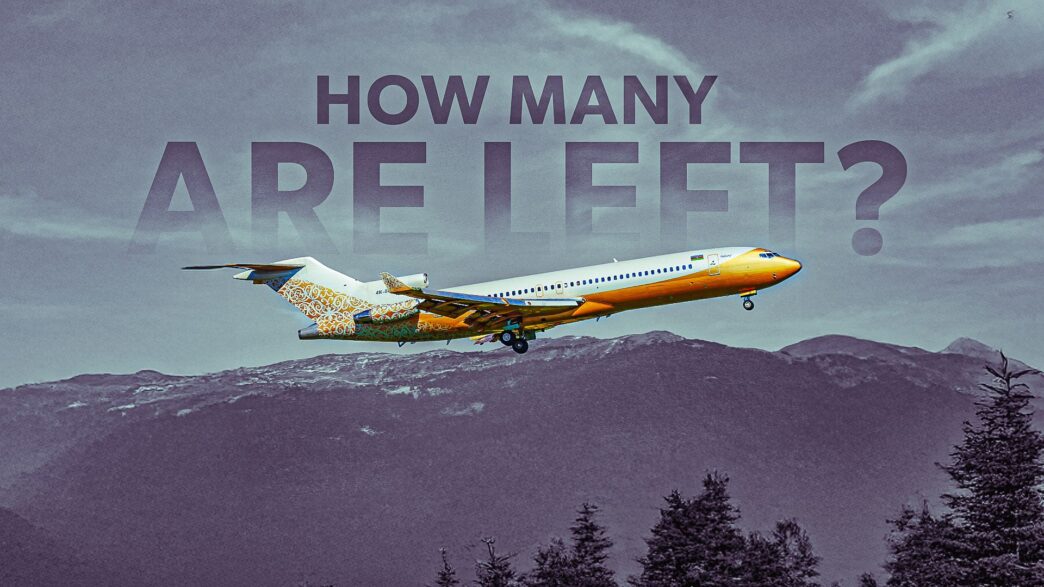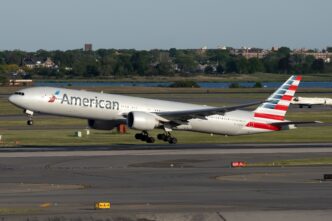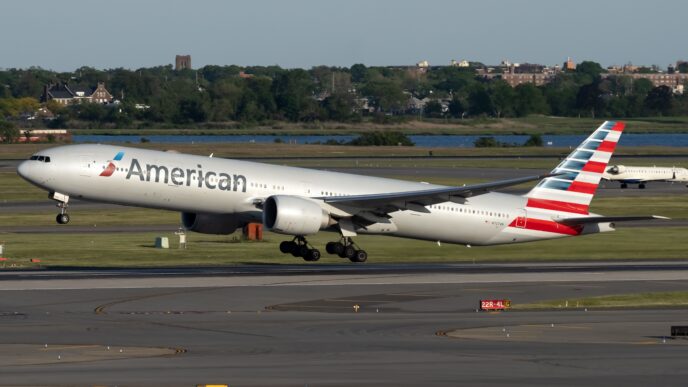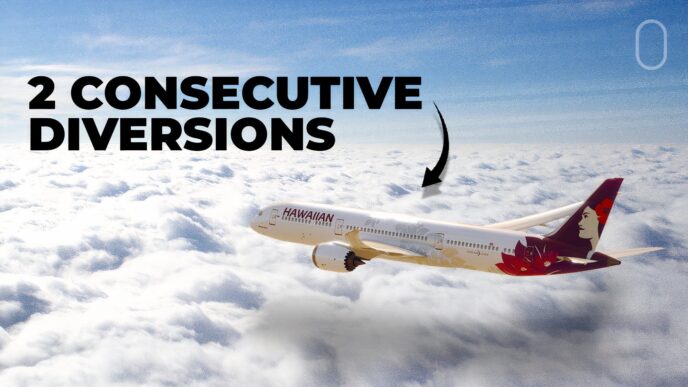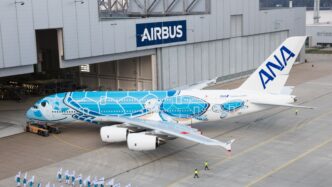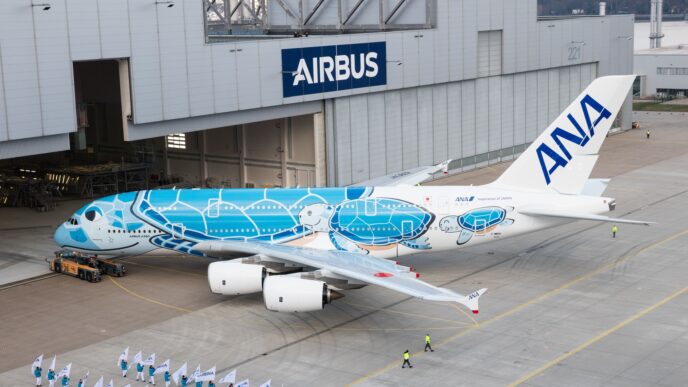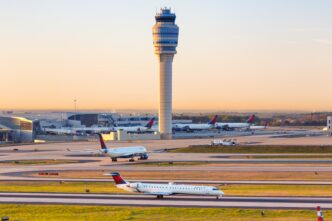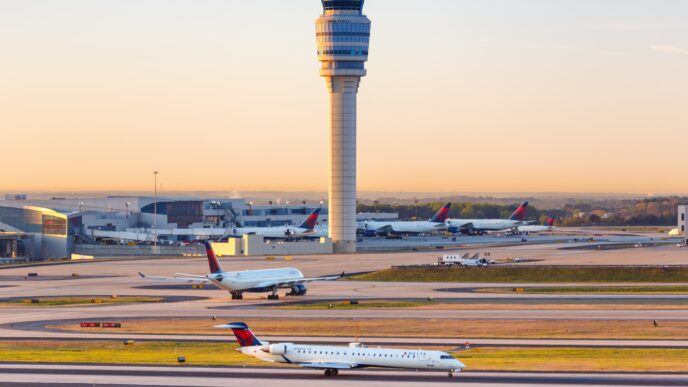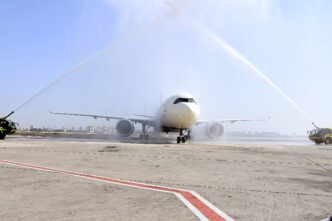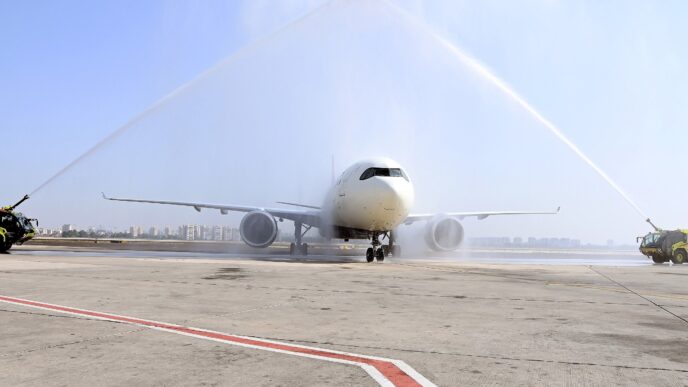The Boeing 727 once ruled the skies as a cornerstone of commercial aviation, ushering in a golden era of air travel. Fast forward to 2025, and one might wonder: how many of these iconic aircraft are still soaring through the skies? With advancements in aviation technology, stricter noise regulations, and a push for greater fuel efficiency, the trijet has mostly disappeared from regular airline schedules. However, the Boeing 727 hasn’t completely vanished; its legacy lives on in select cargo, military, and government operations. This article delves into the rich history of the Boeing 727, exploring its origins, its significant impact on commercial aviation, and its current status. We’ll analyze data from sources like ch-aviation, Flightradar24, and official airline websites to understand why some operators continue to fly this vintage aircraft.
As of mid-2025, only 19 Boeing 727s remain in active service globally. These aircraft are primarily used for cargo, government, or military purposes, with none operating in scheduled passenger services. The 727 has shifted from being a passenger favorite to a specialized utility aircraft, much like its predecessor, the Boeing 707. According to the ch-aviation database, the active fleet includes both 727-100s and 727-200s, operated by smaller carriers, air forces, and cargo companies, mainly in the Global South, the USA, and the UK. While major airlines like Delta, American, and United retired their 727s long ago, the remaining aircraft are still valued for their durability, range, and ability to operate from shorter or less-prepared runways.
The Boeing 727 was developed in the early 1960s to fill a market need for a jet capable of serving mid-range, high-density domestic routes, especially those with shorter runways. Featuring three rear-mounted Pratt & Whitney JT8D engines and a distinctive T-tail, the 727 first took to the skies on February 9, 1963, and began commercial service a year later with Eastern Airlines. Its unique design allowed it to access airports that couldn’t accommodate larger four-engine jets like the Boeing 707. The 727 quickly became a favorite among airlines for its versatility and ability to handle steep approach paths, making it equally popular with cargo companies.
#Boeing727 #AviationHistory #VintageAircraft #AviationLegends #AirCargo
Originally reported by Simple Flying Read More

